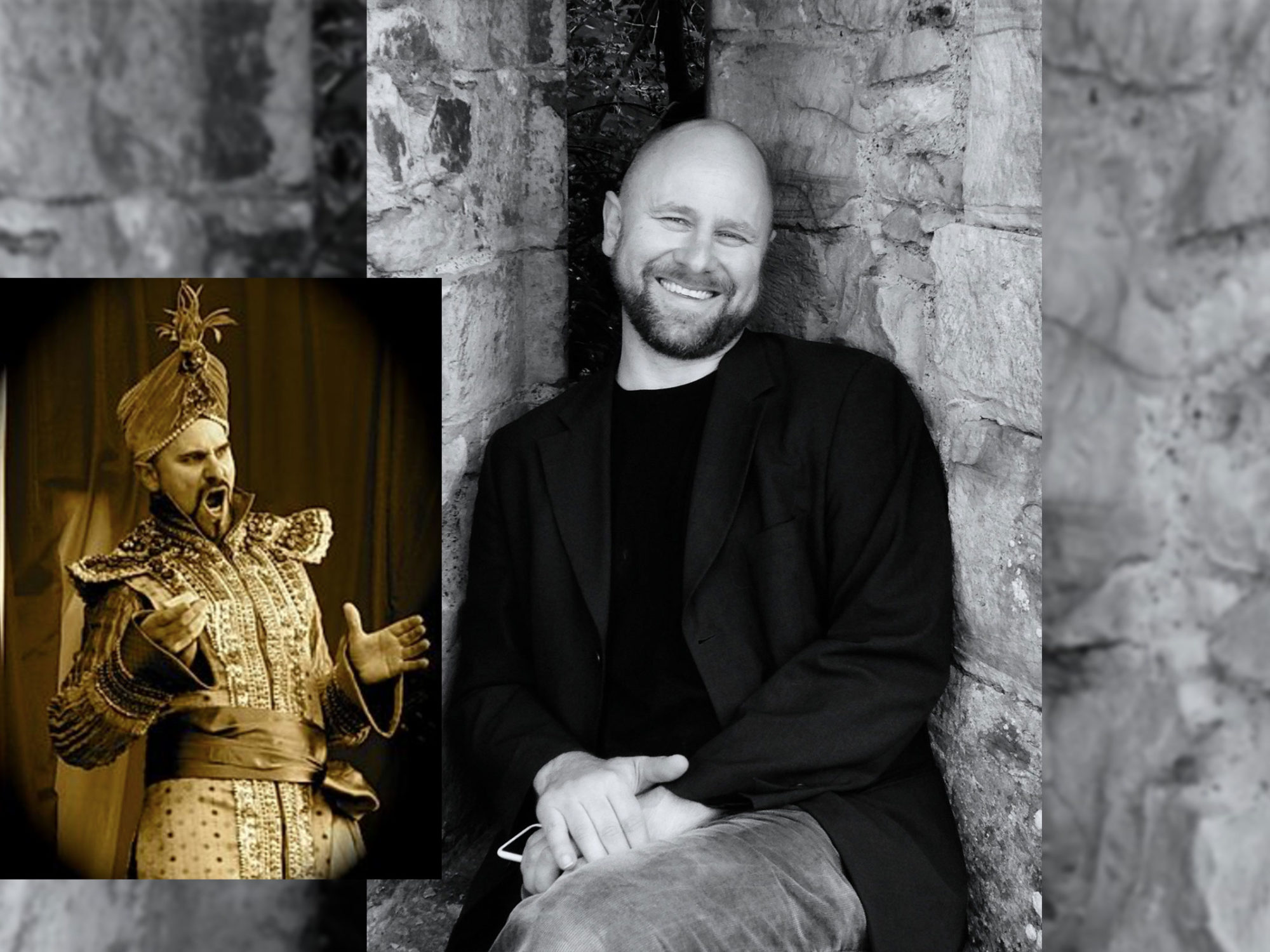
An online workshop invitation from Stefan Holmström:
Many of us have tried our hand at baking during lockdown, with varying degrees of success. But whether the result was fab or a flop, the one thing most of us did was follow a recipe in an attempt to achieve a desired end. It’s similar with singing. Through Estill Voice Training (EVT) and its scientific, anatomical approach, we can hone the individual elements of a voice quality and combine them to make the sounds we want to make when we want to make them, even if we are trying for the first time.
The benefit of this method is that we can learn a tried and true recipe that works instead of relying on imitation or crossing our fingers hoping for the best. And of course, once we know the recipe by heart, we can tweak it when needed. In terms of classical sounds, the most important element is contact; without the vocal folds meeting properly, we won’t be able to make a pure, clear tone. Classical singing is also dark and bright at the same time. And it’s also sweet.
So your favourite aunt’s basic recipe for an operatic sound might look something like this:
1 tbsp contact
1 tsp sweetness
1 tsp twang
1 tsp sob
Mix well in an anchored body and pour out your heart with feeling!
Once you have mastered your aunt’s recipe, you can start to make it your own by, for example, playing with the equaliser table of your voice to achieve a different sound balance depending on the style and emotion you want to convey. You can also decide on how much vibrato you want and how sweet you would like the sound to be – e.g. early music sweet or romantic opera sweet?
Online workshop: Introduction to Estill Voice Training
Saturday 24 July 2021 at 2:00 to 6:00 pm BST | Cost: £65 (Early Bird £55 by 10 July 2021) | 10% discount for Your Accompanist subscribers with the promotion code “YOURACC”
Opera singer and Estill Master Trainer Stefan Holmström leads this playful, interactive workshop covering all the big ideas of the Estill Model, 13 figures for voice and also the 6 voice qualities: Speech, Falsetto, Sob, Twang, Opera and Belt.
For all singers, including classical singers, Estill Voice Training is a great way to build a safe and sustainable singing technique. Teachers and coaches will also find this fresh perspective useful for the problem-solving involved in all voice training.
Estill Voice Training (EVT) is a scientific approach that identifies the structures in the larynx responsible for producing voice and those in the vocal tract responsible for controlling resonance. With simple every day sounds these structures are located, isolated and then used to develop conscious control of the voice.
Find out more and book: https://www.stefanholmstrom.co.uk/bookings-checkout/introduction-to-estill-voice-training
Stefan Holmström is a professional opera singer and voice teacher working with singers of all ages and abilities with a wide range of goals. He offers online singing lessons and workshops from his studio in Brighton.
As an Estill Master Trainer (EMT), Stefan uses EVT as a baseline for safe and sustainable voice use. EVT is an efficient, scientific way to maximise voice control to achieve true performance magic!

Share